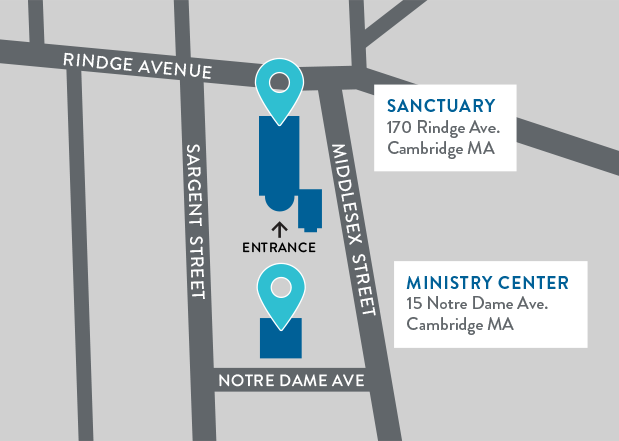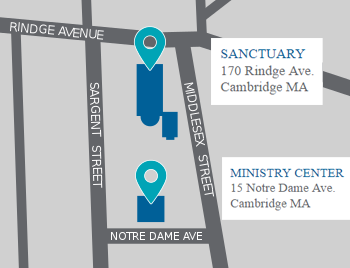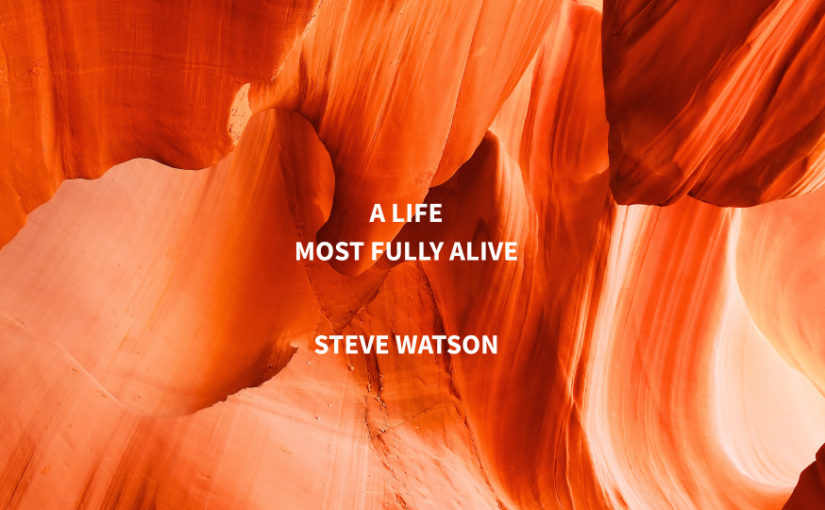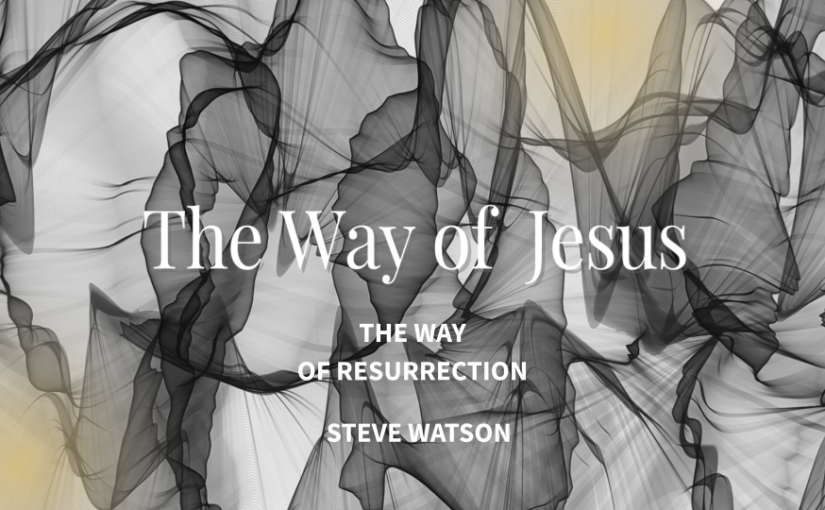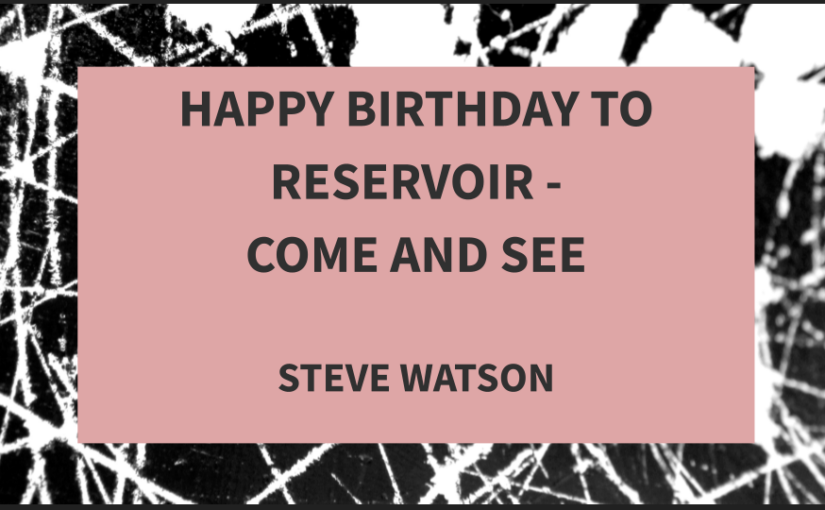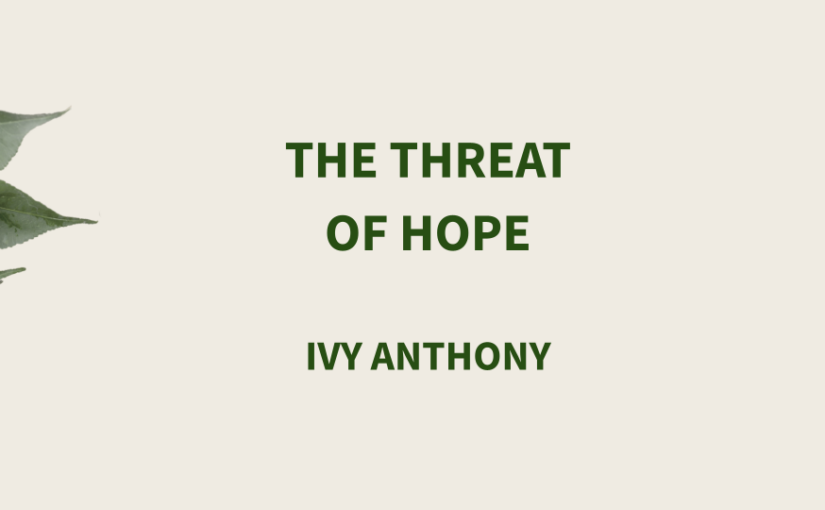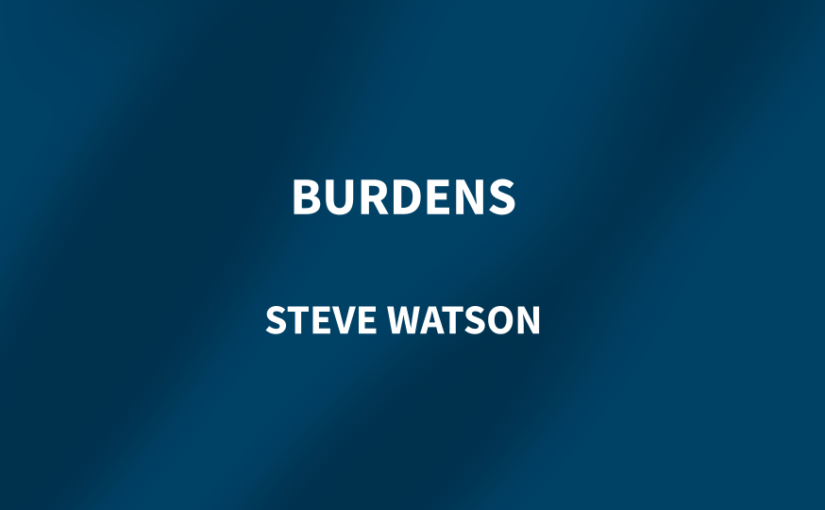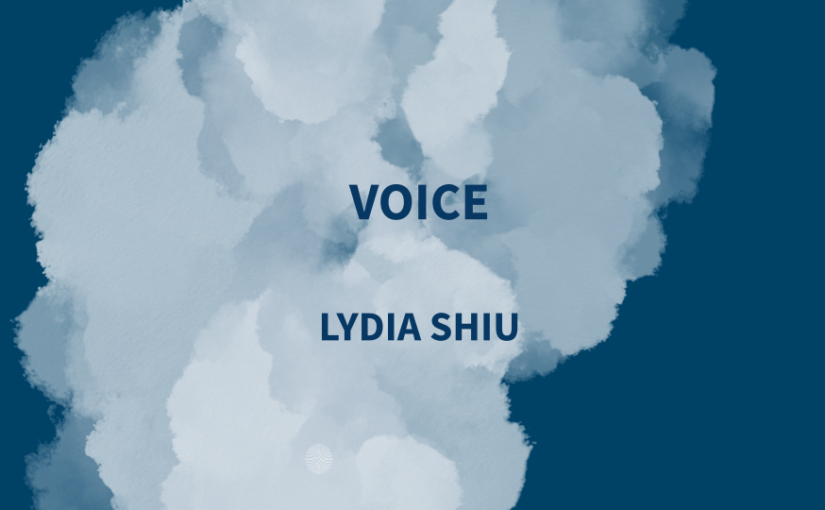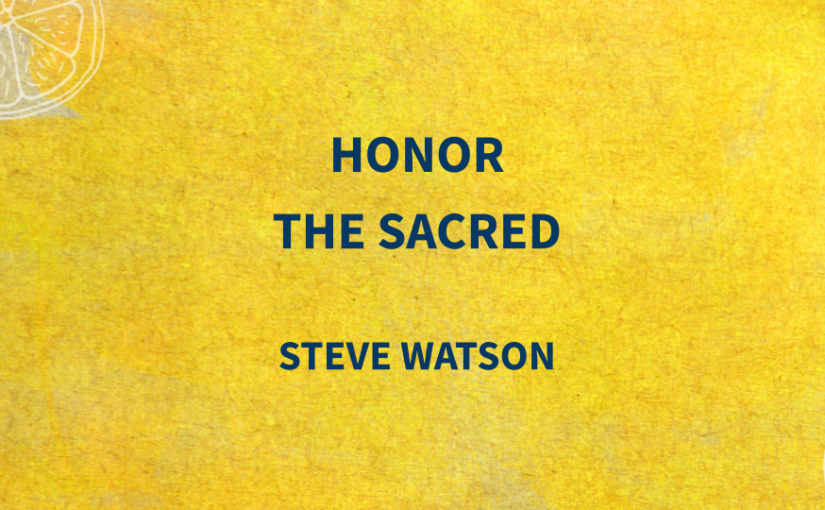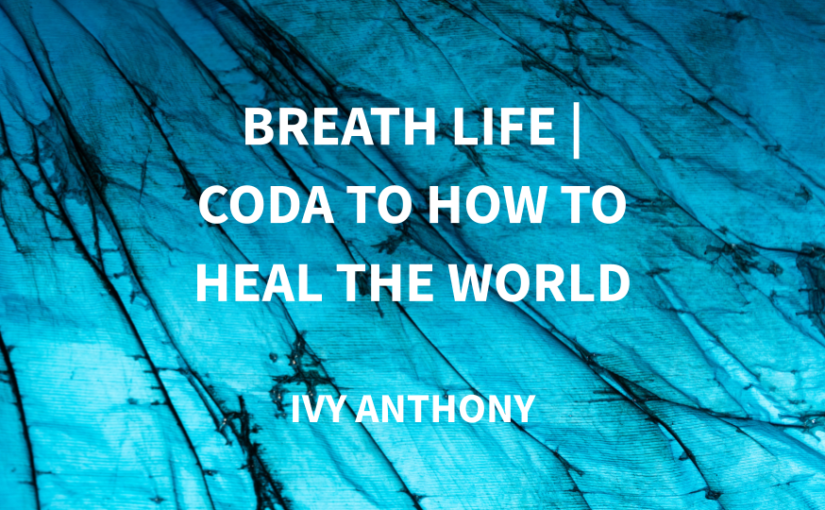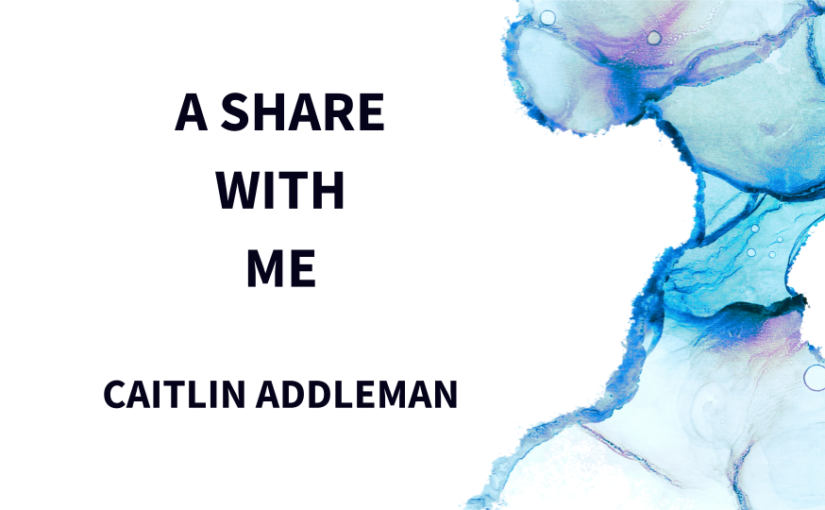Alright, friends, this week we leave the fires of danger, hell, and judgment behind and return to another version of where we started in this season of Lent: God is like fire, and that is actually good news for our lives.
If we think of a fiery person, we may think of an especially passionate person, or an angry or loving or fierce or intense person. But it is certainly not someone sleepwalking through life.
Let’s wonder this week about what our version of a life most fully alive might look like. Perhaps a life aflame with passion or energized by beauty and goodness. The God who is like fire does not want to burn us up or make us smaller, harder, or more afraid. Jesus said that he came that we might have life, life abundantly. I wonder what a more abundant life looks like for us all, a life that is larger without ever taking space from someone else, a life that is freer while also focused, a life where our uniquely most loving selves shine bright like stars.
Can you try something with me?
Think about someone you know about, or that you know personally, who seems fully alive. A life radiant with energy, beauty, goodness.
- Who comes to mind?
- What are they like?
- If you know, how did they get there?
The people I think of are not heroes, they are not perfect, if there is such a thing. They are human, but they are perfectly wonderful humans.
I think of a monk I know. He lives a life bound by many restrictions – vows of poverty and chastity. He is also radiantly present, kind, and insightful. He laughs and smiles and tears up easily. He listens well, tells the truth fiercely and graciously. He encourages people in ways that uplift and empower us. A focused life, a limited one, but also large, free, so good.
I think of a public school teacher I know who, like most teachers, moves through her days filled with unpredictably chaotic and disordered people and situations and bureaucracy. But she’s also set two of my kids on fire with her work in their lives. She asks really deep questions. She pushes young intellects, keeps her hobby of drumming in a punk rock band going through busy seasons of teaching and parenting. And day after day, she offers passion and presence and grace to her community. Young people like my kids are learning justice and forgiveness, careful thinking and attention to detail, greater hope in themselves and their world through their relationships with her. It’s so beautiful. Her life is beautiful.
I think of stories I’ve known of elders who visit with their spouses daily, even when their partners no longer remember their names. Their faithful presence, their perseverance in love keeps them and their spouse afloat in what could otherwise be a season of despair. The rest of us wonder at their grace as we learn more about what love looks like.
Friends, what does your life look like when it’s aflame? Who are you, on fire?
It has been said that many of us spend enough time thinking about ourselves as descendants but not enough time considering ourselves as ancestors.
From dust we come and to dust we go. We are limited by our genetics, our circumstances, by all the places – good and bad – that we come from. And we’re limited by the brevity of our mortal lives. We are earth, not fire. And yet we may not wonder enough about the full possibilities of our lives when we are most inspired and set alight by the living, life-giving God.
Maybe there are still stunning ancestor stories in the making within even us.
What do our lives look like when they are aflame? Who are we, on fire?
Hear the words of the good news of Jesus. This is a weird and wonderful story, called the transfiguration, from the gospel of Luke.
Luke 9:28-36 (Common English Bible)
28 About eight days after Jesus said these things, he took Peter, John, and James, and went up on a mountain to pray.
29 As he was praying, the appearance of his face changed and his clothes flashed white like lightning.
30 Two men, Moses and Elijah, were talking with him.
31 They were clothed with heavenly splendor and spoke about Jesus’ departure, which he would achieve in Jerusalem.
32 Peter and those with him were almost overcome by sleep, but they managed to stay awake and saw his glory as well as the two men with him.
33 As the two men were about to leave Jesus, Peter said to him, “Master, it’s good that we’re here. We should construct three shrines: one for you, one for Moses, and one for Elijah”—but he didn’t know what he was saying.
34 Peter was still speaking when a cloud overshadowed them. As they entered the cloud, they were overcome with awe.
35 Then a voice from the cloud said, “This is my Son, my chosen one. Listen to him!”
36 Even as the voice spoke, Jesus was found alone. They were speechless and at the time told no one what they had seen.
I don’t know what your reaction is to hearing this, friends, or hearing it again. What a strange story. So weird and wonderful. No wonder they’re all speechless. What do you say?
I have no idea what happened up on that mountain.
We know that it was like nothing the disciples had ever seen. Jesus looks like he’s spotlit from the heavens, just ablaze with light. And they see visions of two of the greatest fathers or mothers of their culture, their faith. The great prophets Moses and Elijah, talking with Jesus.
It seems like this maybe happened late at night, or maybe at sunrise after they’d been hiking through the night, I don’t know. But it feels like a religious, a mystical experience, so Peter’s like:
I think we should build a shrine, right?
But then clouds blow through, and they hear God saying, Shutup, Peter. Just kidding, doesn’t actually say that, even if God maybe thinks it for a moment. No, the voice is like:
Jesus is my kid. The one and only. Listen to him.
Again, no wonder they are speechless.
The tradition around this text tends to focus on all this scene is meant to tell us about Jesus – how special and wise and important Jesus is, how he too was destined to be among the great leaders of his culture and faith, how like Moses and Elijah, his legacy would not end with his life but would resound for generations, even hinting that Jesus would rise in glory after his death, as we will celebrate in two weeks on Easter Sunday.
And clearly, this mountaintop moment was a big moment, this epic day in the life of Jesus, when his followers and we by their testimony see him most aflame, most fully alive, most revealed for all he is.
So it’s a weird and wonderful story about Jesus.
But in the Eastern tradition of the Christian faith, the Orthodox tradition, this transfiguration of Christ, isn’t just a story about Jesus, it’s a story about all of us too.
The Orthodox church teaches that this illumination of Jesus also gives us a glimpse of the transformed state which followers of Jesus will reach in the life to come, and sometimes in part, in this life.
The word for this is theosis, which means deification, or divinization, the process by which we mortal humans become like Christ, where we too become humans who fully embody the glory of God.
The second century bishop Irenaeus wrote,
“The glory of God is a human fully alive.”
Some people pull this quote out of context as they think about chasing the adrenaline of adventure, like a Red Bull cliff jumping contest. That’s cool, if it’s for you. The thrill of intense experiences can certainly make us feel fully alive, and maybe there’s something of the glory of God we taste in that.
Irenaeus didn’t mean less than this but he did mean more than this. He was writing about Jesus, that in the most fully alive human of Jesus we see God’s glory. But he was doing so inviting both our worship and our participation. He was inviting us to notice how large, how free, how beautiful Jesus is, because he was so fully human and so in touch with the love and purposes of God in every moment. And he was encouraging us to imagine for ourselves and our species a pattern of imitating Christ in this, in our own ways. With the help of God, and with our faith and cooperation, we too can be transfigured. We too have the possibility of being humans most fully alive, transformed from glory to glory, as it were.
This is our best chance at becoming the ancestor people tell stories about after we are gone.
It’s our way toward being the person who comes to mind when someone else is asked:
Who do you know that is most fully alive?
Let’s think about how this happens,
First, we’ve got to wake up.
I think it’s interesting that the text says Peter, James, and John almost missed this moment – we never would have heard about it either – because they just about fell asleep.
Maybe they’d been hiking all night and just needed a nap.
But maybe it’s easy to sleep our way through some of what’s most important in life. It’s easy to sleepwalk through life in a way, isn’t it?
I was hanging out with a couple of friends this week. And one of them was talking about how he kind of lost it last week after a particularly bad day. He was a little sheepish when he talked about his reaction, like why did I shut down so much? And another one of the friends was like:
hold on, think about all you’ve been through the past few years. Think about how much we’ve all been through the past few years.
And he started naming some of the things we’ve shared about in our circle the past few years – health problems, family crises, impossibly difficult issues at work. But not just our private stuff, but some of the things we’ve all been through by just being alive the past few years – pandemic, and lock down, and bearing witness to threat after threat, violence after violence. He was like:
It’s been a lot. No wonder that you’re tired. No wonder that your tank is empty sometimes.
Some of us are tired, aren’t we?
Maybe your tank feels empty too. And so you’re just sputtering along. Or sometimes over-reactive to a new problem or a bump in the road.
The weight of the past is heavy. As we hold our past in our bodies, and receive it again and again in our memories, it’s really easy to assume that the past is always prelude. That the future is going to play out just the same.
Marjorie Suchocki is a theologian and philosopher I appreciate, who I got to meet online at a conference I was presenting at last month. She talks about how the weight of our past can feel so unchangeable that it becomes demonic. She doesn’t mean that in a spooky, exorcist kind of way, but in the literal sense of that word – accusing, a weight of heavy resignation and despair that there isn’t a better way ahead, that the worst ruts we’re in are just going to stay the way they are or sink deeper.
This happens to us, it happens to me – that our most pressing discouragements and intractable difficulties – personally, collectively – we just get stuck, we feel like things can not change. And we need help to imagine another possibility.
We need the help of God and friends to interrupt this sleepwalking, stuck in a rut, despairing way of passing our lives.
It’s a waking up to new possibilities.
It’s a remembering of what we know from investing, that past performance doesn’t guarantee future results. The future is unwritten.
It’s a hope that what the scriptures say is true, that the steadfast love of God is new every morning. Every morning, the steadfast love of God is coming our way anew.
One great way to wake up to love and hope and possibility is through wonder and worship. Wonder and worship.
Peter, James, and John are falling asleep when they catch Jesus out of the corner of their eyes and he’s bathed in sunlight. His clothes, his face look aflame like lightning.
I don’t think they’re sleepy anymore.
And then even when they try to analyze or control the moment – Peter is like,
hey religious moment, let’s make a shrine,
but the voice of God is like:
actually, hold on, you’re kind of right, Peter, but there’s more. There’s more. Just listen. Keep listening. Pay attention.
These same sleepy fishermen, who have themselves been battered by life, and who in the gospels say and do the stupidest things, keep walking with Jesus. They keep listening. They stick around. And in time, with the help of God and one another, it catches. Their lives are set aflame with passion and purpose. They become the dwelling places for God Peter dreamed of building that morning. They become the leaders of the first century Jesus movement, which is to become one of the largest, most influential movements in human history.
They are some of the spiritual ancestors that get us all in this room today.
This is why I pray when I do, in my own personal devotional life. And it’s why I come to church too, to get help waking up as I wonder and worship, knowing this is going to make my life larger, freer, and more loving.
Sometimes it’s in the music, when I’m singing with you all and it gets into my heart that the creator God of the universe calls us friends.
Sometimes it’s in the taking of communion, when I eat and drink and I remember that God shares everything with us all – love, forgiveness, adoption, second chances, everything. Or I look around at you all beautiful people and think I really am part of this community of love and hope that we call the body of Christ.
Sometimes in a sermon or a moment of prayer, a word will come to me, a word that feels like truth and sounds like freedom. A week and a half ago, I was sleep walking my way through a wall of stress, just gripped more each day by worry and a sense of doom over one piece of my world I really care about.
And it came to my mind or soul or spirit – whatever you want to call that deep center of ourselves – that God knew it all, that God was intimate with my concerns and stress, and intimately held the object of my stress too. None of us are alone, none of us cut off, we are all connected to the caring compassion of an ever present Spirit we call God.
And that broke the stress, broke it entirely. And that’s held.
Wonder and worship open us up. They open us up to the steadfast love of God, in all of today’s new forms. They help us wake up.
Now I want to acknowledge that as much as I encourage worship of the God we meet in the face of Jesus, there are ways that wonder and worship reach people who aren’t religious, or aren’t interested in the Way of Jesus.
It can be nature, art, unexpected or profound kindness, an experience of God or of love that is mediated through any form. And it can do this too. God can come to us through many means.
There’s science to this too, this awakening that comes through wonder and worship. Sometimes it’s called the science of awe. How apprehending vastness or beauty or kindness interrupts us, wakes us up, kind of stops us in our tracks and widens our gaze, widens our hearts.
Awe takes us outside of ourselves for a moment. It breaks our sleepy, doomsy rhythms. And then if we can really let it in – not analyze it or control it or walk away from it – but let the awe take hold, we can come back to ourselves with more calmness and compassion. This has been measured.
Trying new things, paying mindful attention to whatever moment we are in so we notice whatever kindness or beauty might appear, even noticing and admiring the moral beauty of others. All these things bring wonder, they produce awe – and that calms us, deepens us, extends our lives – lights us up.
So for our lives aflame, we’ve got to wake up, to wonder and worship, and lastly, to welcome. To welcome.
To welcome the life that we are in. And to welcome a larger, freer, more loving version of that same life.
Jesus and his disciples come down from the mountaintop. They have to. They have lives to live, people to see, work to do. We all have to come down from the mountaintop, into the mundane and sometimes disappointing realities of our lives.
But what if we can welcome our life a little more each day, not as we want it to be but just as it is? Because our transfiguration, our joining Jesus in becoming the glory of a human being most fully alive is going to happen in our lives as they are. Not in a fantasy version of our life where everything is better, but in our life as it is today.
So we welcome the good stuff, and we welcome the mess, and we welcome things just as they are today, in the hope that this is good enough for God, good enough for us, good enough for fire.
And then we welcome the largest, freest, most loving version of that life we can. This is language we’ve been quoting from James Baldwin in this season, that a God worth worshiping is one that will make us larger, freer, more loving versions of ourselves.
Some of the ways of our lives don’t do that. We play by old rules in our family systems. Or we play capitalism’s rules – thinking our funds or our success define our worth. Or just working and working and working and then when we’re not working, letting big tech corporations make money off of our data and our weary attentions. Baldwin said that when we assimilate to racist, capitalist, violent, white world that is much of mainstream society, it’s being integrated into a burning house.
There are plenty of ways of living we can welcome that won’t make us larger, freer, and more loving.
In the way of Jesus, we’re invited back to our own lives rejecting and resisting all this. We’re invited to the purifying power of God within us and in our communities to resist or transform everything there that is small, hard, unfree, and unloving. And instead, we’re encouraged to admire what is best and most beautiful in the world, God included. For we become what we worship. And to welcome whatever vision God gives us of a larger, freer, more loving life, that we can be filled with all the fullness of God, shining with our light and the light of God, growing into the ancestors our future world depends upon.
I want to end by a bit from Ada Limon’s poem “Dead Stars” you’ll find in this week’s guide.
But mostly we’re forgetting we’re dead stars too, my mouth is full
of dust and I wish to reclaim the rising—to lean in the spotlight of streetlight with you, toward
what’s larger within us, toward how we were born.Look, we are not unspectacular things.
We’ve come this far, survived this much. Whatwould happen if we decided to survive more? To love harder?
What if we stood up with our synapses and flesh and said, No.
No, to the rising tides.Stood for the many mute mouths of the sea, of the land?
What would happen if we used our bodies to bargain
for the safety of others, for earth,
if we declared a clean night, if we stopped being terrified,if we launched our demands into the sky, made ourselves so big
people could point to us with the arrows they make in their minds…
Let’s pray.
Light of Christ, Fire of God, burn in me, shine through me.
Light of Christ, Fire of God, burn in us, shine through us.
That we too could experience and manifest the glory of God in a life most alive.
